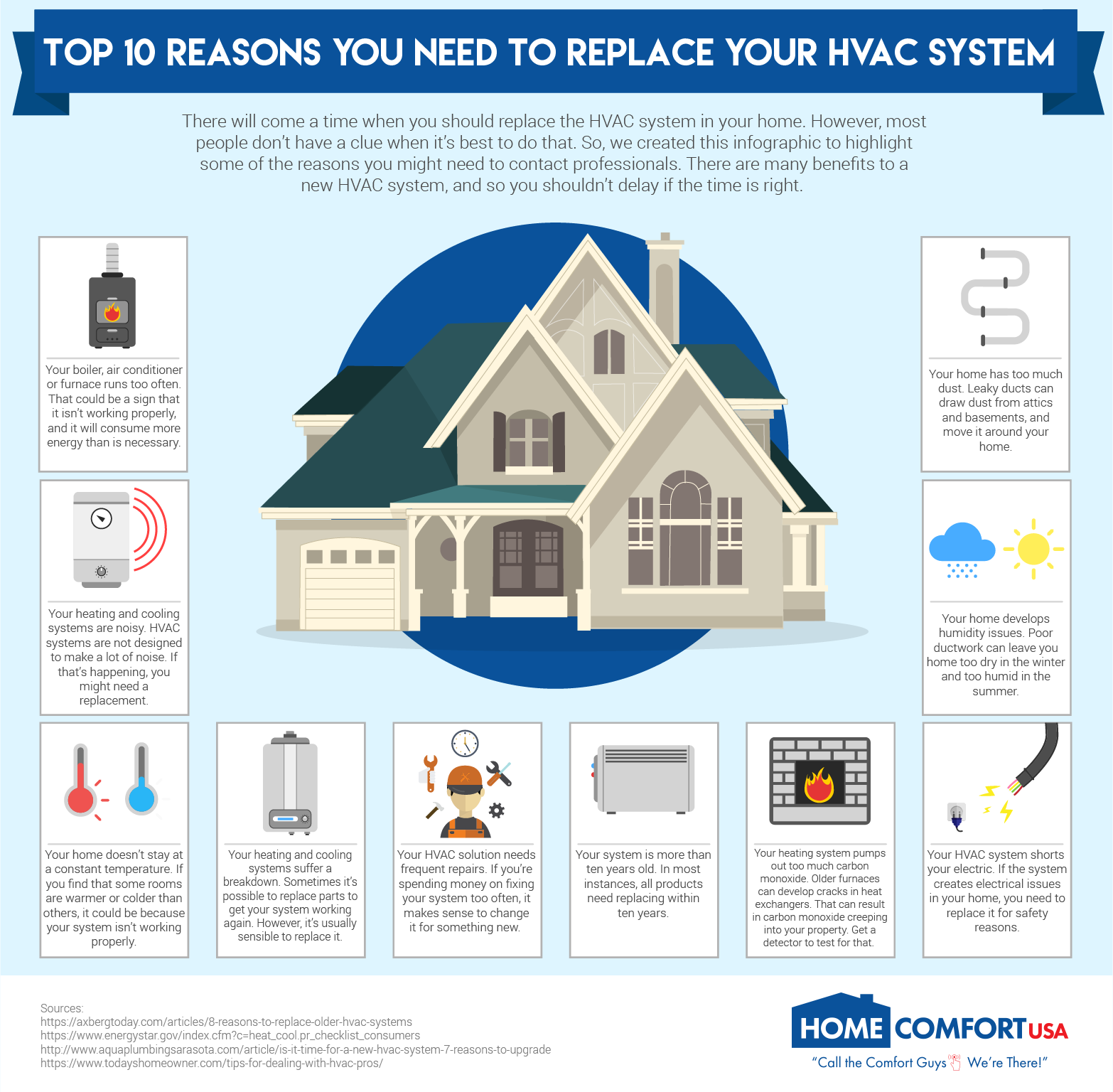The Future Of Home Heating - How Heat Pump Technology Is Developing
The Future Of Home Heating - How Heat Pump Technology Is Developing
Blog Article
Published By-Merritt Roy
Heat pumps will certainly be an important innovation for decarbonising heating. In a situation consistent with governments' announced energy and climate dedications, their international capacity increases by 2030, while their share in home heating rises to one-quarter.
They function best in well-insulated homes and rely on electricity, which can be supplied from a sustainable power grid. Technological innovations are making them a lot more effective, smarter and less expensive.
Gas Cells
Heatpump make use of a compressor, refrigerant, coils and fans to relocate the air and warm in homes and devices. They can be powered by solar energy or power from the grid. They have actually been obtaining appeal as a result of their affordable, silent operation and the capacity to generate electrical energy during peak power demand.
Some firms, like IdaTech and BG MicroGen, are servicing gas cells for home heating. These microgenerators can replace a gas boiler and create several of a house's electric requirements with a link to the electrical energy grid for the rest.
But there are reasons to be doubtful of using hydrogen for home heating, Rosenow says. It would certainly be costly and ineffective compared to other modern technologies, and it would contribute to carbon discharges.
Smart and Connected Technologies
Smart home technology enables homeowners to link and manage their gadgets from another location with the use of smartphone apps. For instance, clever thermostats can learn your home heating choices and immediately adjust to enhance energy intake. Smart lighting systems can be managed with voice commands and immediately turn off lights when you leave the area, decreasing power waste. And wise plugs can check and manage your electric usage, permitting you to recognize and restrict energy-hungry home appliances.
The tech-savvy house shown in Carina's interview is an excellent image of how owners reconfigure area heating methods in the light of brand-new clever home modern technologies. They rely upon the gadgets' computerized functions to execute day-to-day adjustments and concern them as a practical methods of performing their heating techniques. Thus, they see no reason to adapt their practices even more in order to make it possible for versatility in their home energy demand, and interventions targeting at doing so may deal with resistance from these households.
Electrical power
Since heating homes accounts for 13% of US emissions, a button to cleaner choices might make a large distinction. But the technology deals with obstacles: It's costly and calls for substantial home restorations. And link web site 's not always compatible with renewable resource resources, such as solar and wind.
https://www.bbc.com/news/business-39735802 , electrical heatpump were as well costly to take on gas models in many markets. But new advancements in style and materials are making them extra budget-friendly. And much better cool environment efficiency is allowing them to function well also in subzero temperatures.
The following step in decarbonising heating might be making use of warm networks, which attract warmth from a main resource, such as a neighboring river or sea inlet, and distribute it to a network of homes or structures. That would decrease carbon discharges and enable households to take advantage of renewable energy, such as green electricity from a grid supplied by renewables. This alternative would certainly be much less pricey than changing to hydrogen, a nonrenewable fuel source that requires brand-new infrastructure and would just minimize CO2 emissions by 5 percent if paired with improved home insulation.
Renewable Energy
As electricity prices go down, we're beginning to see the very same fad in home heating that has actually driven electric vehicles right into the mainstream-- however at an even much faster speed. The strong environment situation for electrifying homes has actually been pressed further by new research study.
Renewables account for a substantial share of contemporary warmth usage, yet have actually been given minimal plan interest worldwide compared to various other end-use markets-- and even much less attention than electrical energy has. Partially, this mirrors a mix of consumer inertia, split motivations and, in many countries, aids for nonrenewable fuel sources.
New innovations can make the change much easier. As an example, heatpump can be made more energy reliable by replacing old R-22 cooling agents with new ones that don't have the high GWPs of their predecessors. Some experts also envision area systems that draw warmth from a close-by river or sea inlet, like a Norwegian fjord. The cozy water can after that be utilized for heating and cooling in a neighborhood.